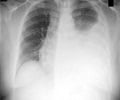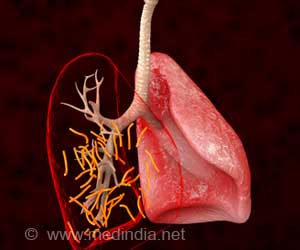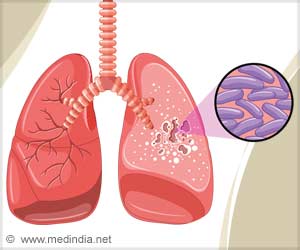According to a study up to 21% of herds clearing restrictions for bovine Tuberculosis (bTB) in Great Britain may be harbouring infection.

The models were constructed using data taken from infected herds detected through routine surveillance, either in the slaughterhouse, or through routine whole herd tests between 2003-2005.
"Around 38% of herds officially cleared of disease experience a recurrent incident within 24 months, suggesting that infection persists in herds," said lead author Dr Andrew Conlan. "We developed mathematical models, fitted carefully to extensive surveillance and testing data to estimate the efficiency of testing directly from epidemiological data rather than relying on expert opinion. Another important result is that we estimate a high rate of re-introduction of infection into herds. This suggests that eliminating the hidden burden of infection alone will not be enough to reduce rates of recurrence."
The work focused on what happens within infected herds. These models cannot predict the extent to which hidden infection contributes to transmission between herds. The models also do not distinguish between the relative roles of the badger and cattle in the spread of bTB. Quantifying the persistence of infection at the herd level is an important first step to answering these questions and provides a basis for developing more complex national models of transmission.
Financial disclosure: This work was funded by Defra, United Kingdom under contract SE3230. AJKC was funded under this grant (PI/T/WL/07/46), sponsored by the Veterinary Laboratories Agency. JLNW was also supported by the Alborada Trust and the RAPIDD program of the Science & Technology Directorate, Department of Homeland Security. The funders had no role in study design, data collection and analysis, decision to publish, or preparation of the manuscript.
Competing interests: The authors have declared that no competing interests exist.
Advertisement













